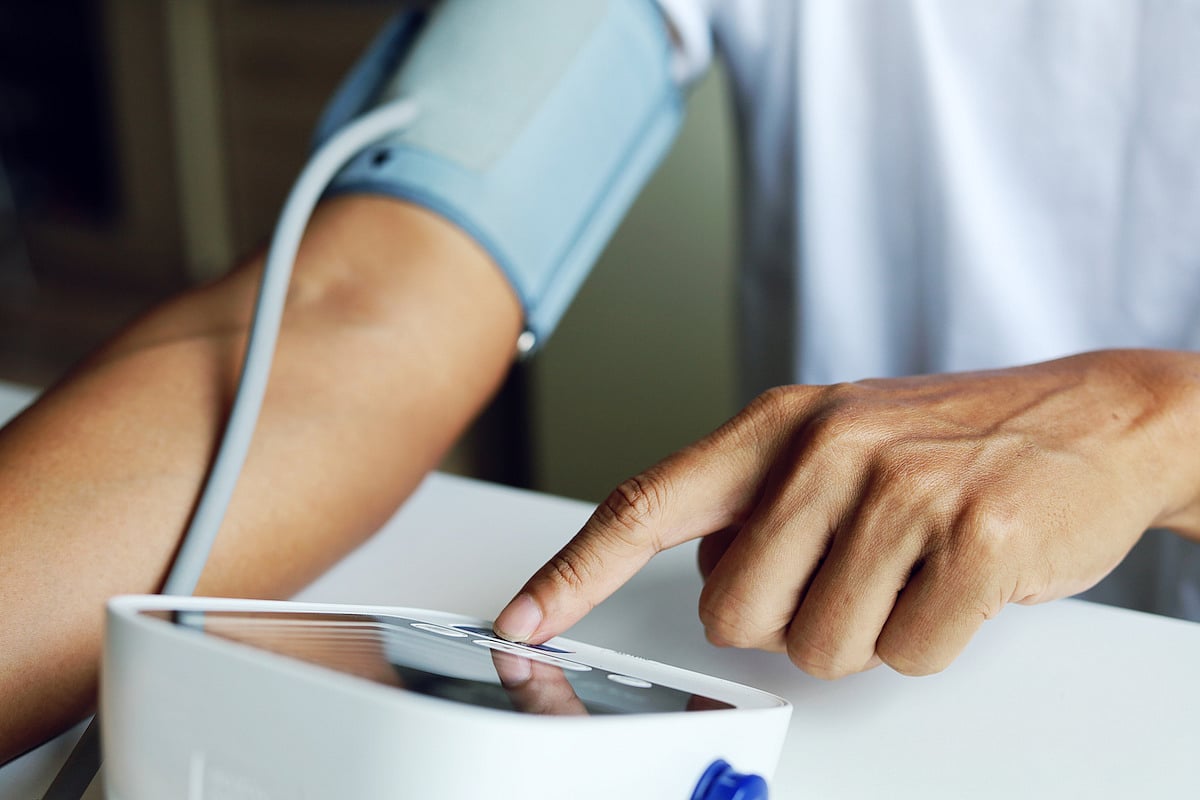Manténgase sano!

- Posted July 24, 2024
Research Confirms Chronic High Blood Pressure's Link to Stroke
Having high blood pressure in adulthood greatly raises the odds for multiple types of stroke, a new study confirms.
“Our results suggest that early diagnosis and sustained control of high blood pressure over the lifespan are critical to preventing stroke, ischemic stroke and intracerebral hemorrhage," said senior study author Dr. Deborah Levine. She's a professor of internal medicine and neurology at University of Michigan Medical School.
Ischemic strokes, which comprise about 85% of strokes, are caused by blockages in a vessel. Intracerebral hemorrhages are "bleeds" within the brain and are a deadly but less common form of stroke.
The findings were published recently in the journal JAMA Network Open.
The study looked at six major U.S. studies stretching from 1971 to 2019, and involving a total of more than 40,000 adults. The systolic (top number in a reading) blood pressure of participants was tracked with varying frequency over an average of almost 22 years.
None of the participants had had a stroke when they entered their respective study, but Levine's team looked at systolic blood pressure in the years prior to a stroke for each adult who did go on to have a stroke.
Their main finding: A mean systolic blood pressure reading that was 10-mm Hg higher than the average was linked to a 20% higher odds of overall stroke and ischemic stroke. This 10-point hike in systolic pressure was also tied to a 31% greater risk of an intracerebral hemorrhage.
Race seemed to matter: Compared to white patients, Black patients were 20% more prone to ischemic stroke and had a 67% higher risk for intracerebral hemorrhage, the analysis found.
A third type of stroke, called a subarachnoid hemorrhage (occurring between the brain and the tissues that cover it) was especially prevalent among Hispanic patients. Compared to white patients, Hispanics had a 281% higher risk of subarachnoid hemorrhage, although their risks for other, more common forms of stroke were similar to that of whites, the study found.
What can and should be done? According to background information in the study, the rate of adequate blood pressure control among Americans actually fell between 2013 and 2018, and that was especially true for Black and Hispanic Americans.
Giving people the resources to monitor their blood pressure at home could be key, Levine said.
“Two major barriers to self-monitoring of blood pressure are lack of patient education and insurance not covering the home blood pressure monitors, which cost $50 or more,†she said in a Michigan Medicine news release.
“Health care systems and providers must educate and urge their patients to do home blood pressure monitoring, and insurers must pay for home blood pressure monitors to optimize people’s blood pressure and reduce their chances of having a stroke," Levine added.
More information
Find out more about keeping your blood pressure in check at the American Heart Association.
SOURCE: Michigan Medicine - University of Michigan, news release, July 22, 2024
